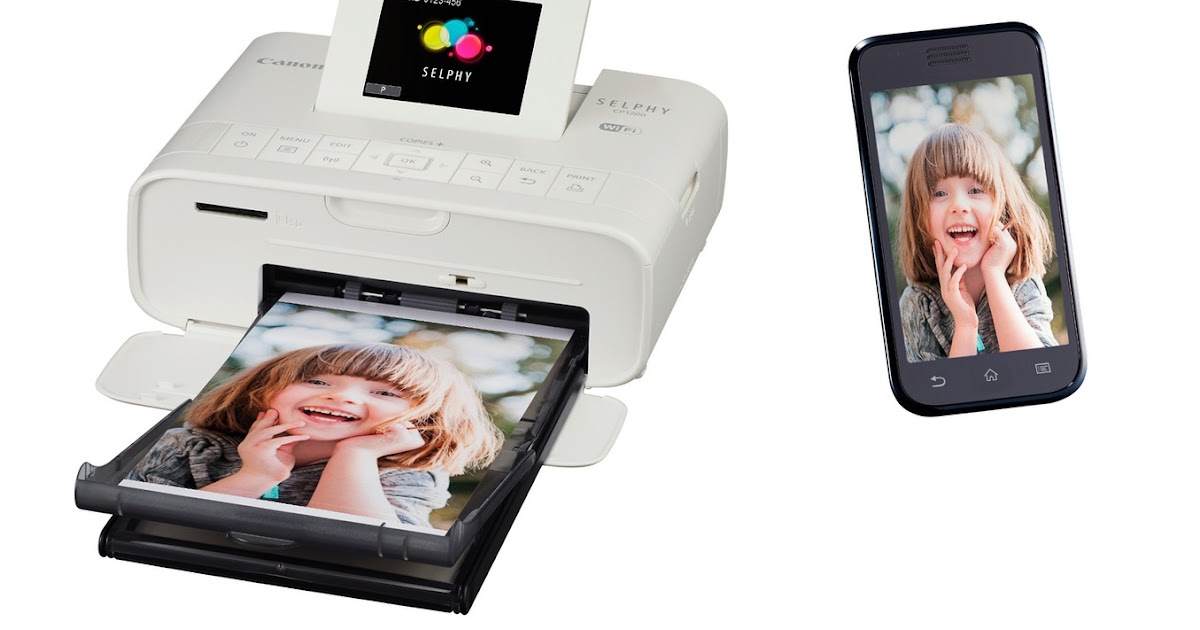
You can also plug in a memory card or USB key and print using the built-in menu system. With just the printer itself set up, you can print immediately from a camera supporting PictBridge by connecting to it by cable or by Wireless PictBridge (which is available on select Canon cameras). You can then plug in the power adapter or connect the battery, and rotate the 2.7-inch LCD to make the display easier to read. Open the cover on the side panel and slide the dye roll in, load paper in the paper tray, and insert the tray in the front, which adds about seven inches to the printer's depth.

Setup is standard for a consumer-level thermal dye printer. You can also enhance the portability with an optional battery ($79.99), which lets you take it anywhere to print from your phone or other device on the spot. Without the paper tray, it measures 2.4 by 7.0 by 5.0 inches (HWD), and it weighs 1 pound, 13 ounces, making it potentially portable. Like the Canon CP900, the CP910 is available in either white or black. (Opens in a new window) Read Our Epson PictureMate Charm Review It's hard to think of an easier way to print photos from your phone or tablet. You also don't need a network with a Wi-Fi access point or a connection between the printer and a network. With Access Point mode, you can print from your smartphone or tablet simply by turning the printer on, launching Canon's Easy-PhotoPrint app on your Android, iOS, or Windows RT device, picking a picture, and giving the print command -no wires needed. The CP910 corrects that oversight by including what Canon calls Access Point mode, which is the company's proprietary equivalent to Wi-Fi Direct. However, it missed the boat for easy mobile printing by not including Wi-Fi Direct. The Canon CP900 was the first Selphy model with Wi-Fi. However, it adds one key feature that more than justifies the move to a new model and makes the CP910 ($199.99 at Amazon) (Opens in a new window) a far better choice for most people who want a printer for 4-by-6 photos.




 0 kommentar(er)
0 kommentar(er)
